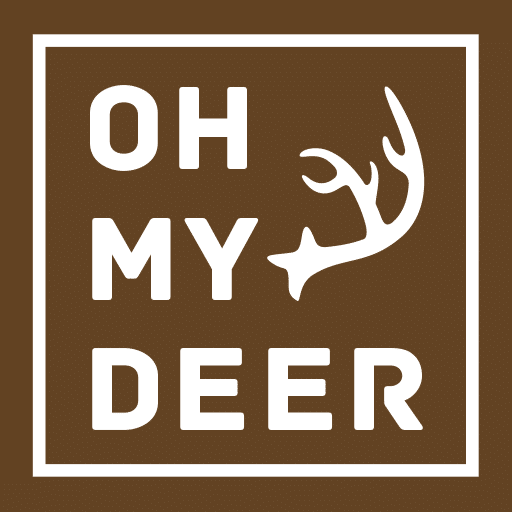The diversity of deer species that exist is hard to beat. There are about 50 species of deer worldwide, but researchers disagree on the exact species diversity. The best known species in this country are the  Red deer, fallow deer, sika deer, reindeer, roe deer and of course the largest of all deer, the elk. In German usage, a distinction is made between deer and roe deer although biologically both belong to the deer family. In English, the distinction is not so strict, here deer is called “deer” and the deer is called
Red deer, fallow deer, sika deer, reindeer, roe deer and of course the largest of all deer, the elk. In German usage, a distinction is made between deer and roe deer although biologically both belong to the deer family. In English, the distinction is not so strict, here deer is called “deer” and the deer is called
referred to as “roe deer”.
Where can you find which species of deer?
The most common species in Europe are the red deer, the fallow deer, the roe deer, the sika deer and the elk. The reindeer, on the other hand, is more common in countries like Scandinavia. The most distinctive feature of the deer is probably the antlers, which are mostly formed only by the male conspecifics. This is formed and shed again every year.
Food is mainly responsible for this enormous and rapid growth of antlers . So gibt es bei den Hirschen keine reinen Grasfresser. The size of the respective species varies enormously, so the head-torso length varies between
70 and 310 cm, the shoulder height between 30 and 190 cm. Of course, this difference in size also affects the weight. This varies between 5.5 and 770kg.
The smallest living deer is called southern pudu, the largest elk. Most of all deer species prefer forests and woodlands. But the deer are also very adaptable, so some also inhabit highland locations up to 5100m, or tropical climates like the arctic tundra.
How do these deer species live?
Deer are usually pack animals and live in groups. The extent to which they settle or migrate depends on external conditions. Reindeer in forest regions migrate less frequently than those of the tundra. Wapiti deer include both resident and migratory animals. Hikers are exposed to greater danger in the process, but often develop the better grazing grounds.
The territories are partly defended territorially, for communication with conspecifics and for marking the borders of the territories secretions of the glands on the head as well as on the feet and also urine are used, the sound communication is mostly minimized.
Pair formation only occurs during the mating season (also called the rut). In some species, such as deer, this territorial defense occurs only during the reproductive phase. Deer are generally herbivores and spend most of the day feeding. The animals eat in so-called phases, whereby in one day, depending on the size of the animal and its stomach, there can be between five and eleven such “feeding phases”. After each phase, i.e. the intake of food, the resting period begins in which the ruminant digests the food.
What do deer eat?
Mostly deer feed on different parts of plants such as leaves, bark, buds and twigs, but also on fruits and more rarely on grasses. A purely grass-eating diet does not exist among deer. This is also not possible in terms of antler formation, as grasses are very low in energy and have few minerals needed for antler growth. Numerous representatives also consume animal food, such as crustaceans, birds or fish.
In temperate and cold climates, deer species exhibit an annual cycle in food intake that includes varying amounts and composition. This cycle is related to the end of the gestation period and the onset of milk production for the offspring and begins in the spring.
Males eat a high percentage of fat at the same time, because they need or consume it in the fall during the rutting phase. In winter, the animals usually consume a small amount of food. This is due to the decrease in the metabolic rate.
The mating season / gestation period of the deer
The mating season of the animals depends on the climatic zones. In tropical regions, mating occurs throughout the year in temperate regions, this consistently takes place in autumn or winter. The gestation period of the animals moves
usually six to nine months, but an exception here is the deer, as the gestation of the offspring is a period of ten months. The litter size is usually one young. The rearing of the animals is the responsibility of the females, as is usually the case in the animal world.



